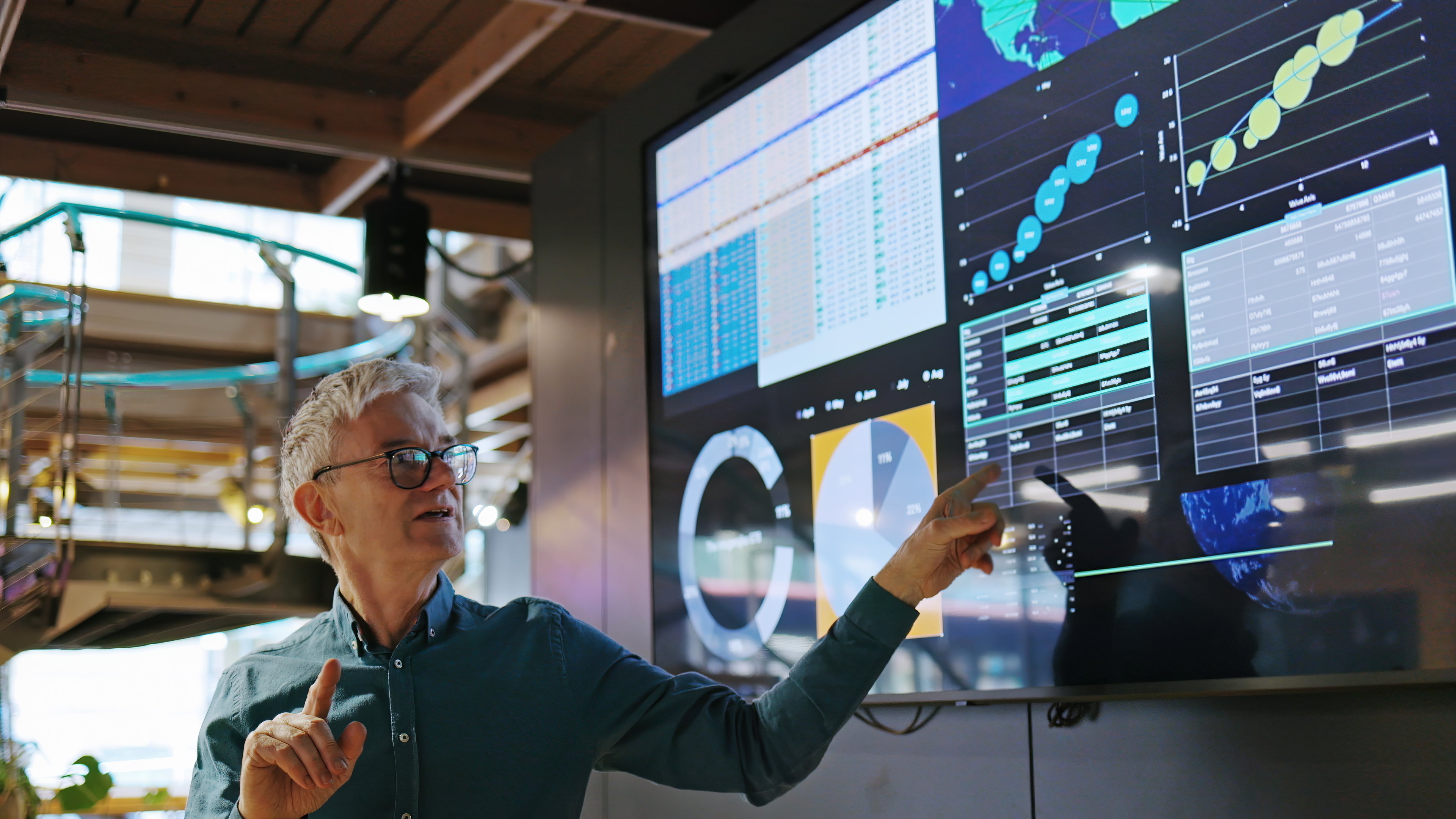Yesterday, Apple (AAPL +0.52%) made what looked like a pretty major announcement, but it had nothing to do with new products. Instead, the Mac maker said it was accelerating its investments in the U.S. economy and domestic job creation, expecting to contribute $350 billion to the U.S. economy over the next five years.
There's a lot going into that headline number, so let's break it down.

Workers at a factory in Texas that manufactures 3D-sensing components. Image source: Apple.
$38 billion: Foreign cash repatriation tax
This was always going to be a hot topic for Apple, considering its massive foreign cash hoard of $252.3 billion at the end of September. Under the new tax law, a one-time repatriation tax rate of 15.5% is applied to all foreign cash, regardless of whether that cash is actually brought back to the U.S.
Apple estimates that its tax bill associated with repatriation will be roughly $38 billion. Always a fan of hyperbole, the company is quick to point out it would be the "largest of its kind ever made." That's in addition to Apple already being the largest corporate U.S. taxpayer in absolute dollars. Applying a 15.5% tax on the $252.3 billion held overseas comes to about $39.1 billion. The $38 billion total likely comes after factoring in some deductions and credits for foreign taxes paid, and Apple's foreign cash position has also undoubtedly changed since the end of September.
The iPhone maker didn't specify precisely how much it will repatriate, but rest assured it's a lot, which will help pay for...
$30 billion: Capital expenditures in the U.S. over the next five years
Apple's capital expenditures are typically concentrated abroad, just like its supply chain. Over the next five years, the company plans on investing over $30 billion stateside. This investment should help create over 20,000 new jobs.
Apple has now finished construction of its new Apple Park campus, the $5 billion "spaceship" that touched down in Cupertino, but the company has announced it plans on building a new corporate campus that will initially be a technical support center. Apple hasn't said where this new facility will be, but it can easily start a bidding war with state and local governments offering tax breaks and other incentives in an effort to bolster their local economies, much like Amazon.com has done in recent months. The e-commerce giant has received 238 proposals thus far for its second corporate headquarters (HQ2) and has not yet announced its decision.
Of the $30 billion total, over $10 billion will be allocated toward building up domestic data centers, which is in line with the company's goal of growing its services business, as expanding cloud services like Apple Music and iCloud storage will inevitably require greater data center infrastructure. There's no mention of Apple Stores, which were historically a meaningful portion of domestic capital expenditures, but Apple's retail network in the U.S. is mature and doesn't necessarily need additional expansion.
$5 billion: Advanced Manufacturing Fund
The company is boosting its Advanced Manufacturing Fund, which was created last May, from $1 billion to $5 billion. Apple has awarded two suppliers out of this fund thus far: Corning and Finisar. However, it was revealed during the Finisar announcement that Apple's award was really just prepayments for "anticipated future business," as opposed to some type of debt or equity investment.

Finisar's manufacturing facility. Image source: Apple.
Apple has always used prepayments to secure critical aspects of its supply chain to minimize risk and provide visibility (like locking down 3D sensing components, in Finisar's case), which sure makes it seem like the fund is effectively just a marketing vehicle for a standard business practice.
$55 billion: Purchases from domestic suppliers and manufacturers
That $5 billion Advanced Manufacturing Fund also represents less than 10% of the $55 billion that Apple already expects to spend with U.S.-based suppliers and manufacturers in 2018. That spending forecast is up from the $50 billion Apple spent at 9,000 domestic suppliers and manufacturers in 2017.
If the fund really is little more than structured prepayments, then at least some (if not all) of that could arguably be included in the $55 billion total, since prepayments are eventually applied toward purchasing components, materials, or manufacturing services, although Apple lists it as a separate contribution. To be fair, we don't know what future disbursements from the fund will look like, so let's give Apple the benefit of the doubt.
Priceless: Political brownie points
If it appears that the numbers don't quite add up to $350 billion, well, that's because they don't. The balance is most likely attributable to purchases from domestic suppliers and manufacturers for 2019 through 2022, the rest of the five-year time frame Apple is referring to. If domestic purchases stay about flat and Apple spends about $55 billion on average in each of those years, that brings the total to about $350 billion, give or take a few billion dollars.
In other words, there was very little new information in the announcement. That $38 billion tax bill became an inevitability as soon as President Trump signed the tax law into bill last month, as was the fact that Apple would repatriate a mountain of money. The bulk of the $350 billion total appears to be domestic spending that was undoubtedly already earmarked. Apple is just pointing it out to earn political brownie points.
So the real news here is that Apple is building another corporate campus and expanding data center infrastructure to better support its customers, creating tens of thousands of jobs in the process. That's unambiguously good news for the U.S. economy as well as Apple's customer base, but it's still useful for investors to separate the meat of the announcement from the political fluff.
Investors should be just as or more interested in how Apple's capital return program will be affected by however much the company ends up repatriating, and that update should come in April or May.






